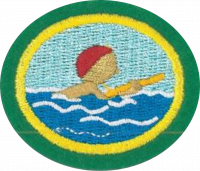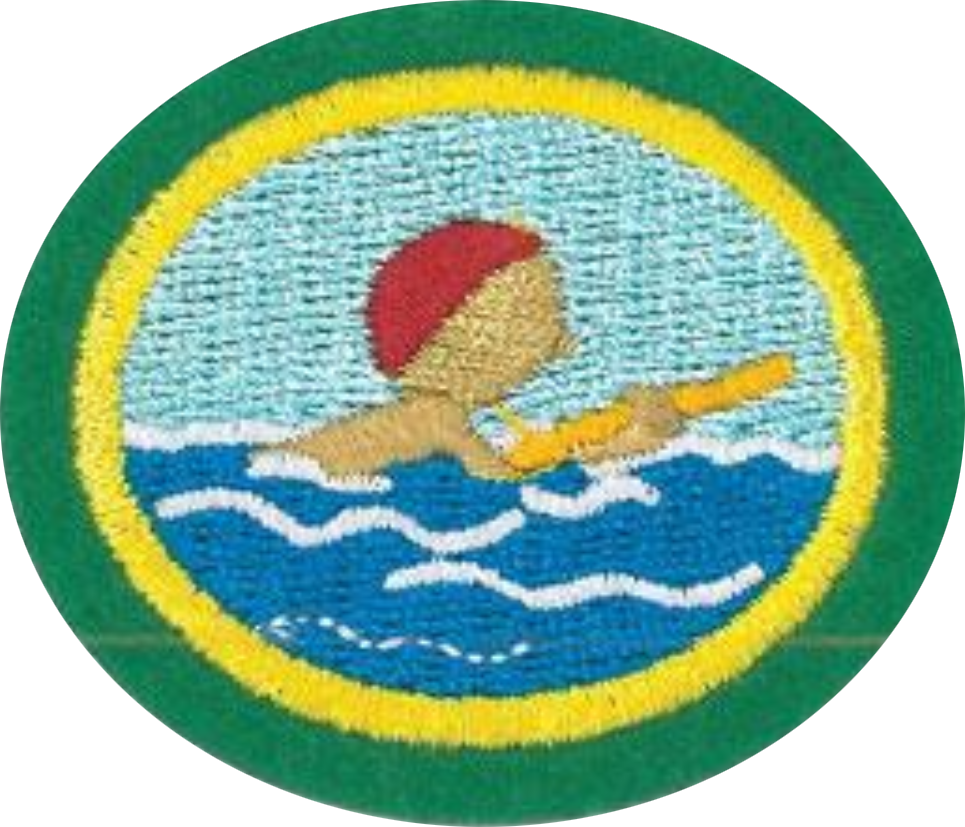AY Honor Basic Water Safety Answer Key
1
The point is to teach how to get in and out of a pool without assistance and safely.
2
You do not even need to have your body in the water to do this.
3
This would be a good opportunity to tell the story of Naaman as found in 2 Kings 5.
4
An excellent motivational object to use for this is a large coin such as a quarter or a silver dollar. This serves as motivation only if you agree to let the Pathfinder keep the coin once it is retrieved the second time.
5
As long as you are not afraid of water, do you need instruction?
6
You can push off the edge of the pool or the bottom of the pool.
7
As long as you are not afraid of water, do you need instruction?
8
Get kicking!
9
No specific stroke is required.
10
Life jackets need to be properly sized for the wearer. Children need to use a child life jacket. All buckles should be snapped into place and any ties securely fastened. The fit should be snug, but not too constraining. In the water the jacket should stay put on the body, not float up above the wearer.
11
11a
How you call for help depends on who needs help, and where you are when help is required.
- If you are calling for help for someone else and have access to a telephone, dial 911 or the appropriate emergency number in your area.
- If you are calling for help for someone else and you are in the water too, yell "Help!" as loud as you can. If there is a lifeguard present, go to him or her as quickly as you can and tell them someone is in trouble.
- If you yourself need help while in the water, call out for it and wave your arms.
- Some lifejackets have a whistle which is an excellent way to signal distress.
11b
The most frequent muscle to suffer a cramp from swimming is the calf muscle. To release a calf cramp while swimming, float on your back, stretch your legs out in front of yourself, and point your toes toward your head while pushing your heel out away from your head. This will stretch the calf muscle.
11c
Firmly brace yourself on a pool deck, pier or shoreline, and reach out to the person with any object that will extend your reach, such as a pole, oar, paddle, tree branch, shirt, belt or towel.
If no equipment is available, you can perform a reaching assist by lying down and extending your arm or leg for the person to grab.
11d
- Learn to swim before you go into the water. Sounds silly, but many people think it will come naturally, and it really doesn’t.
- Swim near a lifeguard so help is available if you need it.
- Never swim alone.
- Supervise children closely, even when lifeguards are present
- Don't rely on flotation devices, such as rafts, you may lose them in the water.
- Alcohol and swimming don't mix.
- Protect your head, neck, and spine by never jumping or diving into unfamiliar waters.
- As soon as you believe that you may be in trouble, call or wave for help.
- Follow regulations and lifeguard directions.
- Swim parallel to shore if you wish to swim long distances.
References


